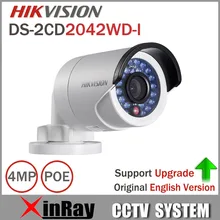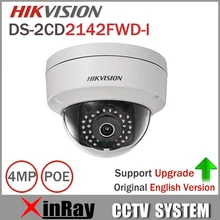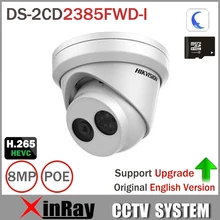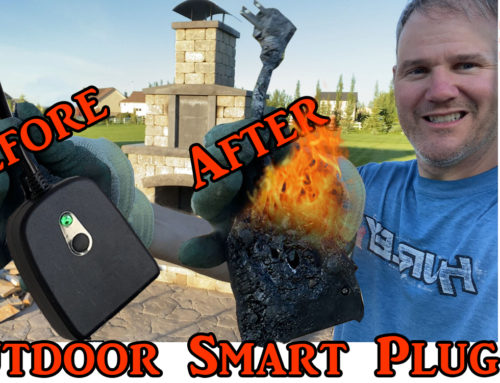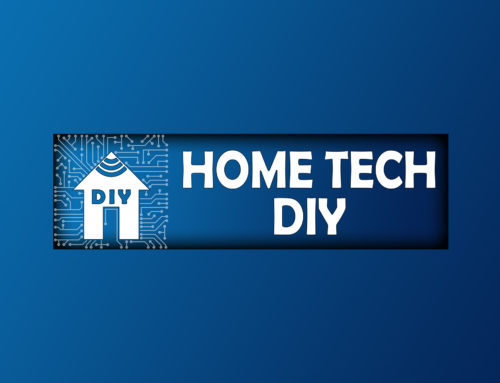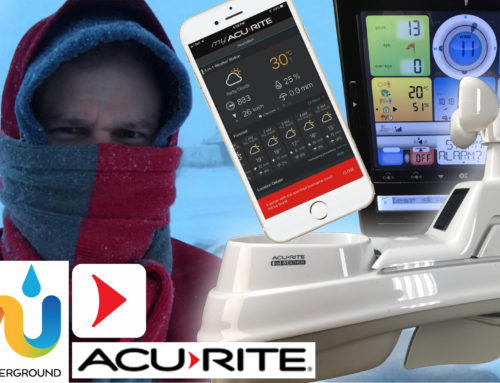Let’s take a look at 3 different types of security cameras and discuss the pros and cons of each. In this video we are doing a subjective and objective comparison of the differences in the dome, bullet and turret cameras. Hopefully this will help you decide which type of security camera to buy.
I have been using both the hikvision cameras now almost 4 years. I like their quality and usability. They prices are pretty good for what you get. So you know, this is not paid advertising or promotion by Hikvision; I like certain things about the products and if I hate something about their stuff, I’d tell you.
People often ask me why I picked one type over the other for certain locations. I initially thought the bullet cameras were more rugged and better for outdoor and the domes were more for indoors. I also thought the night vision was better on a bullet. When it came to turrets, I though they were cheap quality and all plastic. The fact is, all have very similar internal specs so the guts of these cameras are pretty much identical. There is no need for me to review their internal specification, since they are all pretty much identical.
First off, the cost. On Amazon they are all around the same price. $150 CAD, or 120US. If you shop around you can get these at a better cost, especially if you purchase the Chinese version. Here are links to each (and some higher resolution cameras from AliExpress.com):
Auto Amazon Links: No products found.
The Dome:
Pros
Cons
Auto Amazon Links: No products found.
The Bullet:
Pros
Cons
Auto Amazon Links: No products found.
The Turret (Half Domes):
Pros
Cons
Again, the quality of the video and the night vision is good for all of the cameras.
Don’t forget, I have a complicated setup where all my cameras configured separately and are fed into a designated computer where I use software to manage the recording. If you are just starting out or want an easy solution, I’d recommend a kit from Costco or online from Hikvision.
In conclusion, I prefer the dome cameras because they only need to be cleaned off a few times a year, where the bullets need to be cleaned weekly in the summer months. Also, the look of the Dome IMO is much cleaner and sleeker looking.

